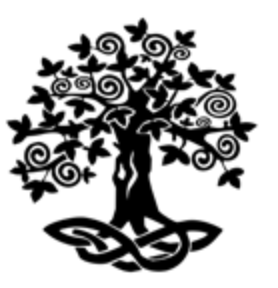Understanding Baby Hair
What are Baby Hair?
Baby hair is very short hair on the forehead and temples. They soften the hairline and are common in individuals of Latin, Mediterranean, and hairy origin. They can grow back significantly after stress, childbirth, or breastfeeding. Not easily manageable, they can be disguised with specific cuts like bangs. Some removal methods include shaving, waxing, and tweezing, but laser treatment is a definitive solution. Messy hairstyles enhance baby hair.
Distinguishing Baby Hair from Broken Hair
If in doubt, pulling a hair can reveal if it is broken. Baby hair is shorter and more visible on the hairline and nape. They can be mistaken for broken hair, which signals hair health issues. Baby hair, or "vellus," feel coarse but smooth, grow outward, and are more straight.
Hair Growth and Baldness Indicators
When Do Hair Grow the Most?
Between the ages of 15 and 30, hair grows rapidly. After 50, it grows about 0.25 cm per month. The average growth is between 0.5 cm and 1.5 cm per month. Hair health depends on diet, daily care, and suitable products.
Daily Hair Loss and Baldness Signs
We lose 40 to 100 hairs per day, but they grow approximately 0.30 mm daily or 9 mm monthly.
Identifying Signs of Balding
Signs include excessive shedding, receding hairline, thinning, bald patches, and slowed growth. Looking at parents can provide clues on hereditary baldness. Signs like excessive loss, receding hairline, thinning, bald spots, and slowed growth indicate balding. Checking parents can affirm if it’s hereditary.
